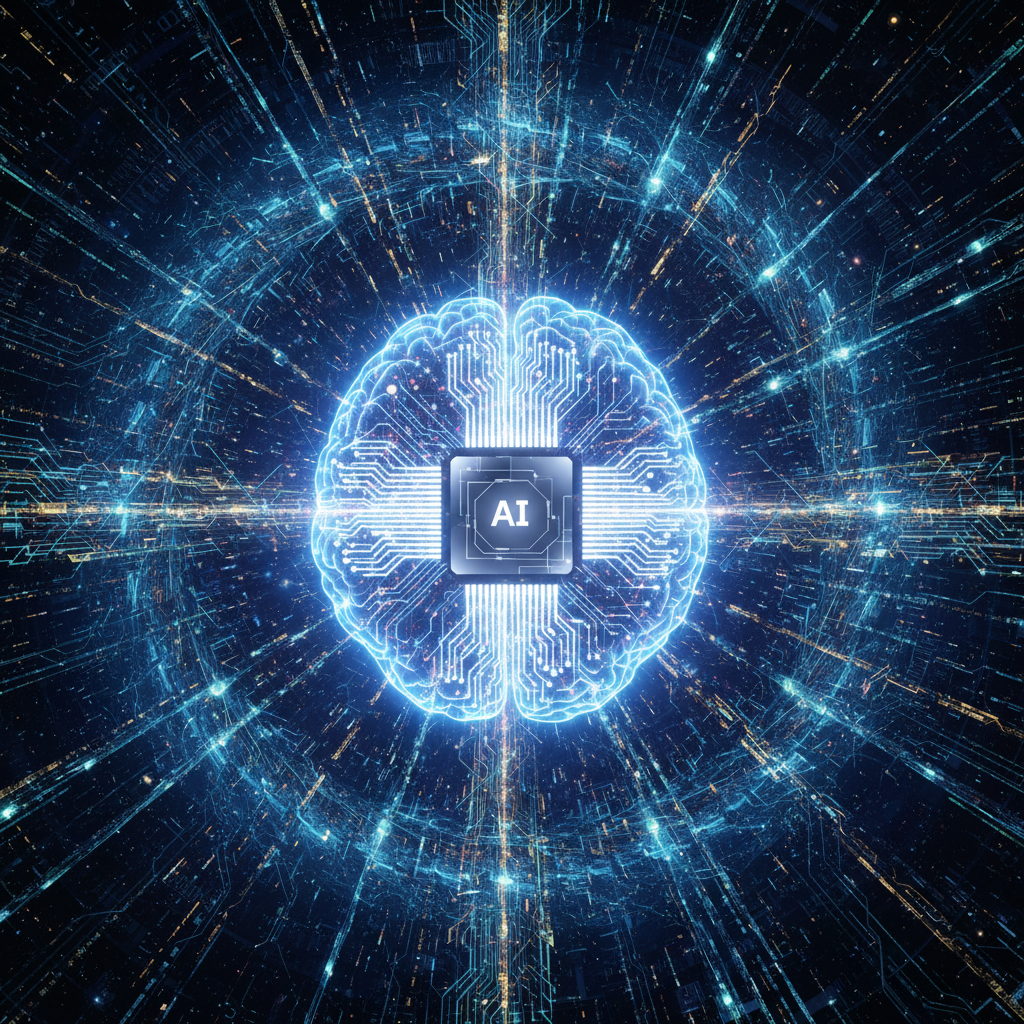
Artificial Intelligence (AI) does not think like humans, but it can process information, learn from data, and make decisions based on patterns. Instead of feelings or imagination, AI depends entirely on data and algorithms. When AI receives information—such as text, images, or sounds—it analyzes them just like humans use their senses to understand the world. For example, a self-driving car uses cameras and sensors to “see” the road, while a chatbot uses text input to “understand” what a person is saying.
AI learns through a process called machine learning, where it studies large amounts of data and identifies patterns. It improves its accuracy by learning from its mistakes over time. For instance, when shown thousands of pictures of cats and dogs, AI starts to recognize small differences, such as shape, color, or size, allowing it to correctly identify new images it has never seen before. This makes AI appear intelligent because it adapts and improves just like humans learning from experience.
Once AI has learned enough, it can make predictions or take actions without being reprogrammed. This is how platforms like Netflix recommend movies, Google Maps suggests the fastest route, and voice assistants like Siri respond to commands. AI does not truly understand or feel; it only calculates possibilities and provides the most logical result based on previous data.
In conclusion, AI’s way of “thinking” is based on logic, patterns, and probability rather than emotions or awareness. It processes information faster and more accurately than humans in specific tasks, but it lacks creativity and true understanding. While AI can mimic human intelligence, it still operates through data and mathematics, not consciousness or feelings.

